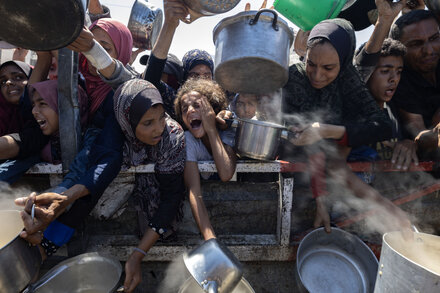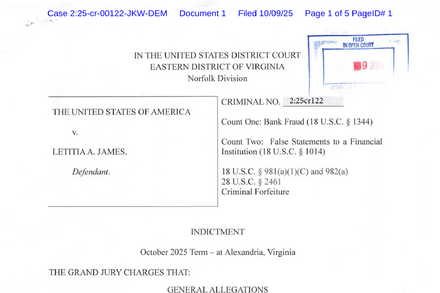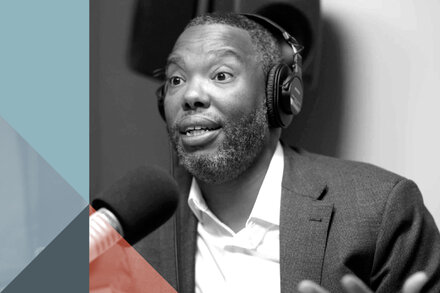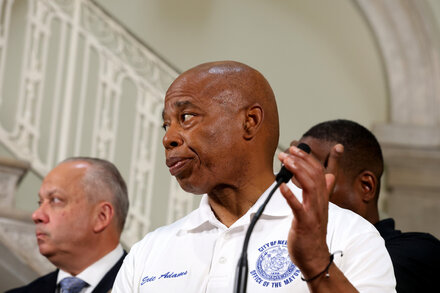
Social media platforms have emerged as a critical battleground for information and perception regarding the Israel-Gaza conflict, with the narrative evolving significantly since its intensification. What began as an outpouring of raw, unverified footage and first-hand accounts has transformed into a complex landscape shaped by advocacy, misinformation, and the strategic deployment of digital content.
In the initial phases of the conflict, platforms like X (formerly Twitter), Instagram, and TikTok were inundated with user-generated content. This immediate, unfiltered access provided a window into events as they unfolded, often bypassing traditional news gatekeepers. The virality of graphic images and emotional testimonials quickly galvanized public sentiment globally, drawing unprecedented attention to the human cost of the conflict.
As the conflict persisted, the focus of the digital narrative began to broaden. Beyond immediate reactions, a significant shift occurred towards highlighting the humanitarian crisis, documenting displacement, and amplifying calls for aid. Advocacy groups, individuals within affected regions, and diaspora communities leveraged these platforms to share personal stories, mobilize support, and push for specific political and humanitarian outcomes, often with a deeply personal and emotional resonance.
“The sheer volume of content, combined with the emotional intensity of the conflict, created a fertile ground for both genuine citizen journalism and sophisticated propaganda,” states Dr. Anya Sharma, a specialist in digital media trends. “Distinguishing between the two has been an immense challenge for platforms and users alike, often leading to confusion and entrenched viewpoints.”
The proliferation of content, however, also brought significant challenges. Misinformation, decontextualized videos, and outright disinformation became rampant across platforms. Accusations of bias and inefficiency in content moderation were leveled against major tech companies from various sides of the conflict, highlighting the difficulty of policing speech during a fast-moving, emotionally charged crisis.
Algorithms designed to maximize engagement played a substantial role in shaping the narrative, often inadvertently amplifying highly emotional or divisive content. This contributed to the formation of echo chambers, where users were primarily exposed to narratives aligning with their existing viewpoints, making nuanced discussion and cross-dialogue increasingly difficult.
Moreover, the conflict has seen a notable shift in who controls and disseminates the narrative. Young activists, influencers, and grassroots movements have utilized platforms like TikTok to share their perspectives, often reaching demographics that traditional news outlets might not. This empowerment of new voices has added layers of complexity to global discourse, giving platforms a unique role in shaping public opinion and potentially influencing diplomatic pressures.
The evolving social media narrative of the Israel-Gaza war underscores the profound impact of digital platforms on global discourse, information consumption, and the very nature of conflict reporting in the 21st century. It continues to be a complex, fluid, and often contentious space that reflects and shapes international understanding of the ongoing events.
Source: Read the original article here.




